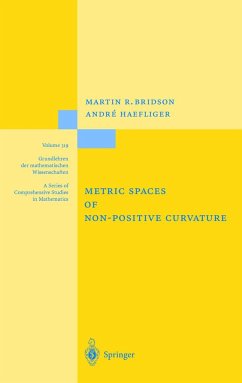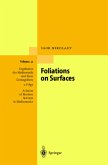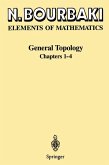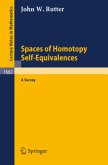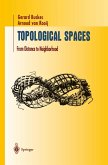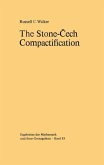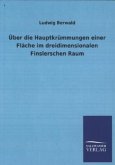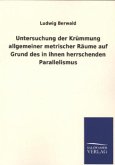A description of the global properties of simply-connected spaces that are non-positively curved in the sense of A. D. Alexandrov, and the structure of groups which act on such spaces by isometries. The theory of these objects is developed in a manner accessible to anyone familiar with the rudiments of topology and group theory: non-trivial theorems are proved by concatenating elementary geometric arguments, and many examples are given. Part I provides an introduction to the geometry of geodesic spaces, while Part II develops the basic theory of spaces with upper curvature bounds. More specialized topics, such as complexes of groups, are covered in Part III.
The purpose of this book is to describe the global properties of complete simply connected spaces that are non-positively curved in the sense of A. D. Alexandrov and to examine the structure of groups that act properly on such spaces by isometries. Thus the central objects of study are metric spaces in which every pair of points can be joined by an arc isometric to a compact interval of the real line and in which every triangle satisfies the CAT(O) inequality. This inequality encapsulates the concept of non-positive curvature in Riemannian geometry and allows one to reflect the same concept faithfully in a much wider setting - that of geodesic metric spaces. Because the CAT(O) condition captures the essence of non-positive curvature so well, spaces that satisfy this condition display many of the elegant features inherent in the geometry of non-positively curved manifolds. There is therefore a great deal to be said about the global structure of CAT(O) spaces, and also about the structure of groups that act on them by isometries - such is the theme of this book. 1 The origins of our study lie in the fundamental work of A. D. Alexandrov .
Hinweis: Dieser Artikel kann nur an eine deutsche Lieferadresse ausgeliefert werden.
The purpose of this book is to describe the global properties of complete simply connected spaces that are non-positively curved in the sense of A. D. Alexandrov and to examine the structure of groups that act properly on such spaces by isometries. Thus the central objects of study are metric spaces in which every pair of points can be joined by an arc isometric to a compact interval of the real line and in which every triangle satisfies the CAT(O) inequality. This inequality encapsulates the concept of non-positive curvature in Riemannian geometry and allows one to reflect the same concept faithfully in a much wider setting - that of geodesic metric spaces. Because the CAT(O) condition captures the essence of non-positive curvature so well, spaces that satisfy this condition display many of the elegant features inherent in the geometry of non-positively curved manifolds. There is therefore a great deal to be said about the global structure of CAT(O) spaces, and also about the structure of groups that act on them by isometries - such is the theme of this book. 1 The origins of our study lie in the fundamental work of A. D. Alexandrov .
Hinweis: Dieser Artikel kann nur an eine deutsche Lieferadresse ausgeliefert werden.
This book is beautifully and clearly written and contains many illustrations and examples but also many deep results. It is my opinion that this book will become a standard work in mathematical literature and will be used by many people, from undergraduates to specialists. K. Dekimpe in Nieuw Archief voor Wiskunde, June.
"This book is beautifully and clearly written and contains many illustrations and examples but also many deep results.
It is my opinion that this book will become a standard work in mathematical literature and will be used by many people, from undergraduates to specialists."
K. Dekimpe in "Nieuw Archief voor Wiskunde", June 2001
"In conclusion, it can be said that the book is an indispensable reference and a very useful tool for graduate students who want to learn this theory as well as for researchers working in the subject. The exposition is clear, the proofs are complete, and some of the advanced results that are discussed are original. Every section of the book contains interesting historical remarks and comments."
A. Papadopoulos in "Zentralblatt für Mathematik und ihre Grenzgebiete", 2002
It is my opinion that this book will become a standard work in mathematical literature and will be used by many people, from undergraduates to specialists."
K. Dekimpe in "Nieuw Archief voor Wiskunde", June 2001
"In conclusion, it can be said that the book is an indispensable reference and a very useful tool for graduate students who want to learn this theory as well as for researchers working in the subject. The exposition is clear, the proofs are complete, and some of the advanced results that are discussed are original. Every section of the book contains interesting historical remarks and comments."
A. Papadopoulos in "Zentralblatt für Mathematik und ihre Grenzgebiete", 2002

